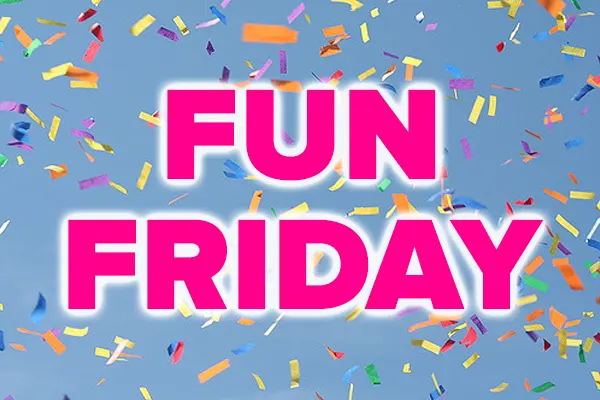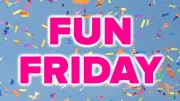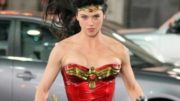Folks, if you read this blog long enough, you’ll start to pick up on odd random things about me. One of them is that I have this weird affinity for talking about color. In a past career, I lived and died by quality color both onscreen and on the printed page. That’s never quite left me.
YouTube’s recommendation engine knows it, too. That’s why it keeps feeding me videos like this one, which became the subject of today’s Fun Friday essay.
Here’s the premise
Back in our collective younger days, movies were full of color and warmth. Today, more and more movies look increasingly bleak, filled with washed out yellows and greyish-blues. It’s not only a social change, it’s a technological one. Allow me to explain.
Before about 1970 (these dates are always going to be fuzzy), Hollywood films tended to be full of optimism and hope. Sure, there were dark dramas of course, but for every On the Waterfront there was a spectacular like Seven Brides for Seven Brothers. It reflected the general mood of the country, which believed collectively in a better future. More importantly, it was a reflection of the technology of color reproduction.
The original three-strip Technicolor process needed light. Lots of it, in fact. That meant everything on the screen could pop. In fact it had to, because of all the bright white light being thrown at it. If you wanted something darker, it took a lot of work.
Talented chemists and technicians specialized in using things like bleach and overexposure to create interesting effects on film. It was an incredibly time-consuming process and very few people knew how to do it. The most common process, referred to as day-for-night, involved shooting scenes in the daytime but using short exposures and blue filters to make it look like you shot in the dark.
The last quarter of the 20th century
Before the end of the 20th century, what we would call “special effects” were rarely done outside of specific genres. Everything happened in front of the camera and as I said, adding any sort of tone to a print took a talented expert. Starting in about 1970, a new group of filmmakers, more willing to experiment, started to rise. Films like The Godfather used special effects processes to give the whole film a yellow, faded look as if it took place in the past. At the same time, more and more films were starting to routinely incorporate special effects. Still, it was an expensive and difficult thing to do. More than anything it took planning and lots of money.
And then, computers
For the last two decades or so, films haven’t been produced on film at all. Initially they were still shot on film, then scanned and edited in computers. Almost all films today are shot digitally and edited that way as well. This has opened up a whole new frontier of special effects. With computers, it’s all math. Instead of using a stopwatch and a carefully created bath of bleach and salt to get a particular look, you just push a button. One of the first films to show off this technology was 2002’s Minority Report, which was uniformly bleak and blue in a way that’s become familiar to us by now.
You don’t even have to know what you’re doing. Lookup Tables (LUTs) built into the software can give your footage the look you want with the click of single button.
Needless to say, this is an excellent place to put in this video, which totally applies to the way color is being used in movies today:
Just my 2 cents
I think Hollywood overuses color timing. I think it just looks like a hacky way to get people to think the way you want them to think. A film like 1917 is a triumph of technology, but if you watched it, you’d get the impression that the entirety of the First World War was fought under cloudy skies. The truth is that one of the most shocking things about warfare is how nature cares not one whit about how we kill each other. Horrible things routinely happen on beautiful days.
I think that color timing and lookup tables are overused, in the same way that Photoshop was overused in print 15 years ago. It led to a revolution in the way we see people now, and that’s been a good thing. We all tend to celebrate natural beauty a lot more, because we reject the overly-photoshopped look in print and online.
I hope that we see a return to a more natural look in movies soon. But, that said, I’m not holding my breath.




